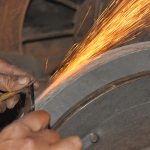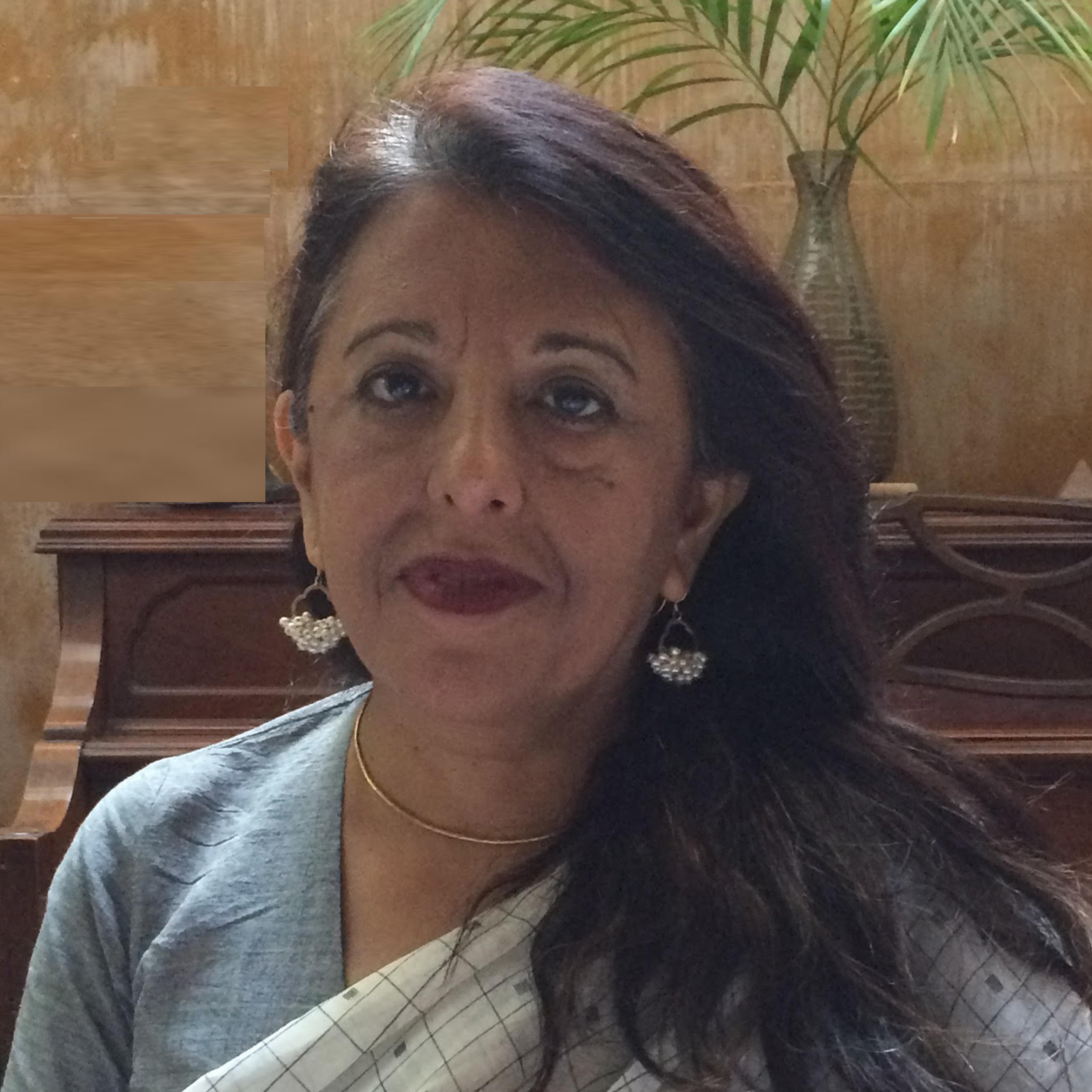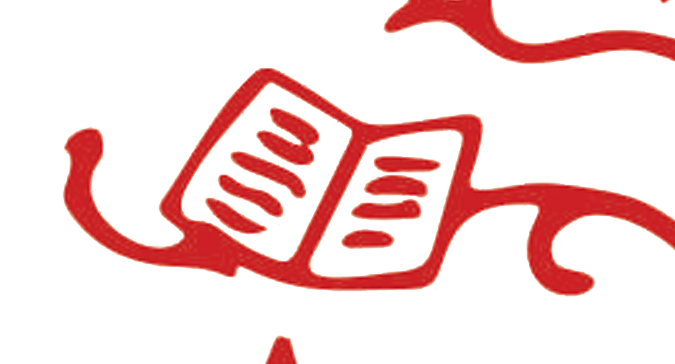
Art history/ Historiography, Crafts, Handlooms, Art
The Sharp-Edge of the Scissor-Makers of Meerut
Sethi, Dr. Ritu
October, 2018
The teeming industrial township of Meerut in Uttar Pradesh lays claim to being the largest maker of hand-forged scissors in the world. In small workshops across the city and in its neighboring villages the process of forging over 16 different varieties of these sharp-edged scissors is part of a four century old tradition. Shipped across the country and overseas these scissors are reputed to last beyond a century of use.
The root of the Meerut scissor lies in the culture of betel-leaf offering and eating. The making-up of the paan was and remains an elaborate procedure and its ingredients include fragrant spices, rose preserve, tobacco, coconut shavings to finely cut Areca Catechu/betel-nut. The tools were equally important and the finely crafted betel-nut cracker was an essential component. From the elaborately ornamented to the most basic the crafting of these nut-crackers required sharp blades and a pivot. It was from this start that the ingenuity of the craftsperson extending itself to producing the cut-throat razor and scissors. An apocryphal legend talks of the inventiveness of an Asli Akhon who first produced the scissors. His technique was rapidly copied and the industry grew as did its reputation for strength, versatility and the sharpness of its products. The nut-crackers, razors, knives and scissors of Meerut followed the same processing principles and the products continued to flourish till the World War II. Soon after competition from other makers both in India and overseas triggered a decline till the Government set up a heat treatment...
This is a preview. To access all the essays on the Global InCH Journal a modest subscription cost is being levied to cover costs of hosting, editing, peer reviewing etc. To subscribe, Click Here.



